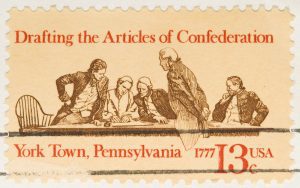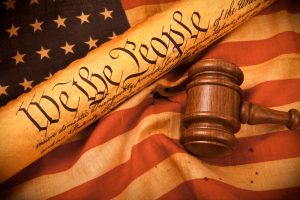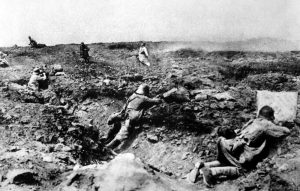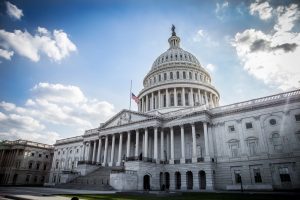As the first governing document of the newly independent 13 United States, the Articles of Confederation was better than nothing – but only barely.
More a friendship pact than a binding agreement, the Articles became effective on March 1, 1781, as the last of the 13 states finally signed the document.
For about two years before the country’s independence, George Washington struggled against parsimonious and reluctant states to fund the men and munitions he needed to defeat Britain’s army.
The best the colonials could do was hold out until the convergence of good fortune brought victories at Saratoga and Yorktown with the help of the French Fleet.
The Articles of Confederation had inherent weaknesses in their inability to establish a strong form of central government, but it was a step in the right direction.
The Articles were a pact between sovereign states who were willing to relinquish at least some of their prerogatives for the common good to run the country’s business in the areas of:

- Foreign Affairs and the authority to declare war, make treaties, and alliances
- Native American administration outside states’ boundaries
- Limited military affairs in directing the continental army
- Territorial government through the Northwest and other ordinances that helped expand the country westward
- Interstate affairs and a mechanism to settle disputes between states
- Establishment of a postal service and admiralty courts
- Establishment of a monetary system
The Articles remained in effect for almost ten years. During that time, there were ten presidents of the Continental Congress.
The position was mostly ceremonial, with duties consisting of managing official correspondence and acting somewhat like a social secretary, managing relations with important allies like France.
It all looked good on paper, but, in the early struggles between the central government and states’ rights, in the case of the Articles of Confederation, states’ rights won.
It wasn’t so much a matter of sharing power – the states wanted to give none at all to the central government.
The principal flaw in the Articles of Confederation was that it established a weak central government and placed most governing power in the hands of the states.
Table of Contents
The flaws in the Articles of Confederation resulted in the following:
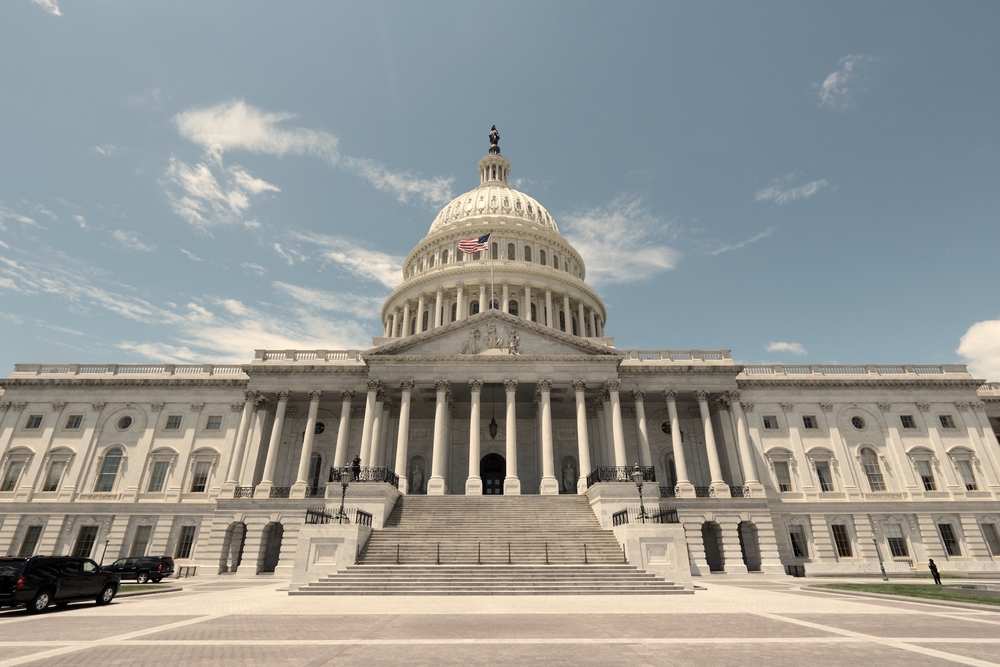
Amendments to the Articles of Confederation required a unanimous vote.
What historians agree was the most fatal flaw of the Articles was the nearly impossible task of amending any provisions. The language read:
“…nor shall any alteration at any time hereafter be made in any of them; unless such alteration be agreed to in a Congress of the United States, and be afterwards confirmed by the legislatures of every State.”
The “legislatures of every state” included 21 legislative bodies – eight states had two house legislatures and five had single house (unicameral) legislatures.
If one house of any state failed to give consent, that one house had veto power over the other 20.
Throughout the ten years the United States was governed by the Articles of Confederation, there were many amendments proposed to address the flaws discussed below.
However, not a single amendment was ever ratified by the States.
The Federation Congress consisted of a single legislature where each state, regardless of size, had but one vote.
States could send delegations of between two to seven in number, but still had but one vote in Congress.
This was particularly unfair to larger states like Virginia, whose population compared to Delaware was over 12 times as many.
In fact, Delaware and four other smaller states could gang up on a large state and override a law, even if the combined population of those states did not equal that state.
To pass significant laws required a majority of nine of the thirteen states.
Many actions required a supermajority of nine states in order to become law. Those acts included measures concerning waging war, raising funds, and appointing military leaders.
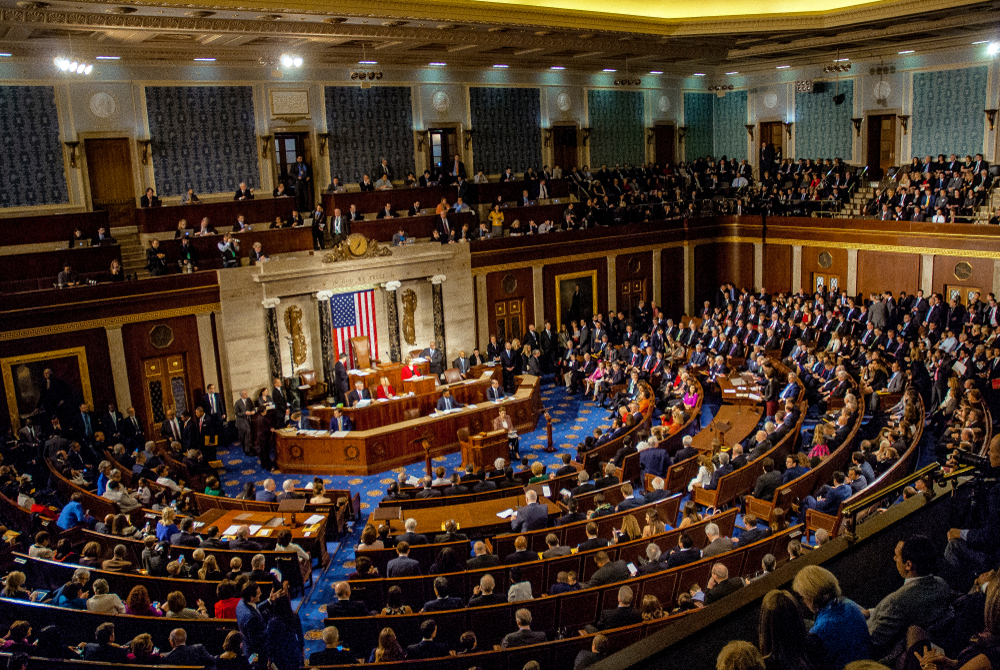
Some laws governing routine government administration and public appointments only required a simple majority, but still relied on other acts that required nine votes.
The unicameral Congress was not equal to the task of governing.
Known as “The Congress Assembled,” the single legislature of the central government of the United States lacked the following:
- An executive department to enforce its laws or acts or conduct consistent foreign relations
- An independent court system to judge law or settle disputes
- A means to enforce treaties entered into by Congress, especially when states did not consider those treaties in their local interests
- A mechanism to tax its citizens to raise revenue
Congress had no power to regulate trade between the states.
Congress could regulate trade with Native American nations who were not part of any state, but that was even restricted if the trade infringed on any state.
Likewise, individual states could make their own business and trade agreements with foreign nations and could impose their own tariffs on goods entering or leaving their borders.
That lack of central authority and regulation led to cutthroat competition between the states.
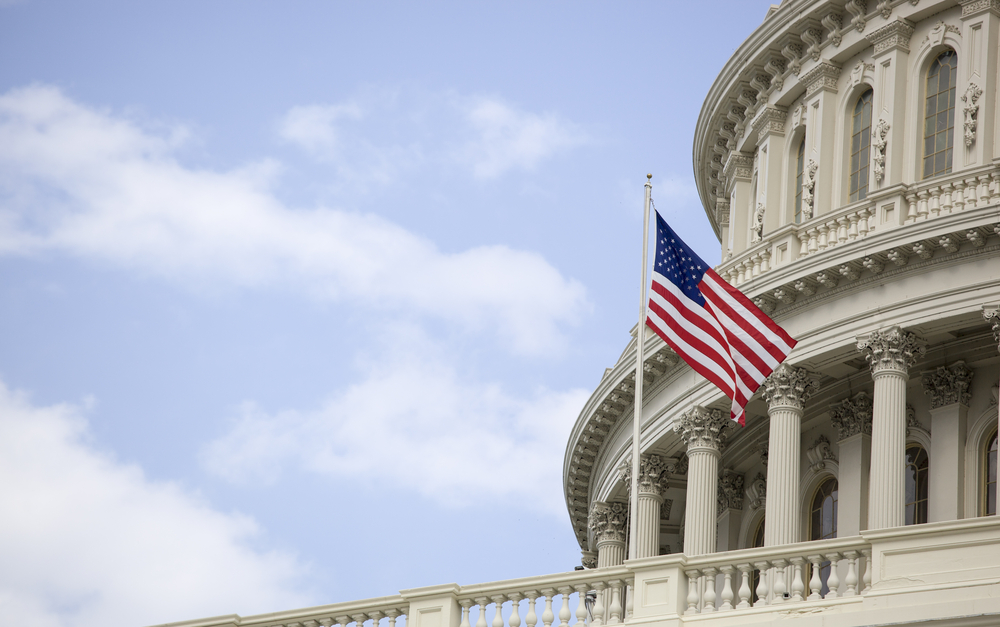
States could – and frequently did – change their rules and impose unfair trade practices that hurt consumers.
They often taxed goods from other states that were only passing through. Congress had no authority to prohibit those acts which were detrimental to commerce and consumers.
Congress could not raise its own revenue.
Only the states had the power to tax their people. Congress had to request money, and the states, by signing the Articles, agreed to pay in proportion to their occupied land.
It was up to state Legislatures to determine how the money would be raised and paid to the United States Government.
This worked when states paid up, but during the first two years of the Articles, states consistently failed to pay what Congress requested. Congress had no power to collect debts from cash-strapped states.
Meanwhile, war debt mounted, and the United States was slow to pay off loans to foreign bankers.
This resulted in a continuing strain on foreign relations – and a weak U.S. Government. Sensing that weakness, foreigners tended to deal directly with states, bypassing the central government.
Congress could not enforce any law it passed.
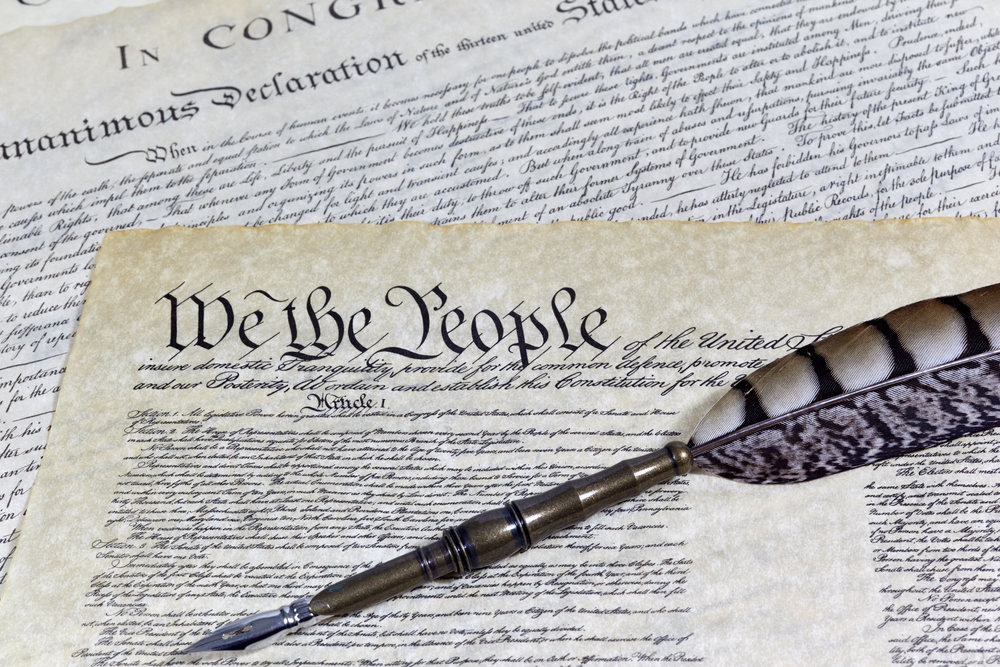
Enforcement of any law Congress passed was in the hands of the individual states. While the states were obligated by the articles to obey laws or treaties executed by Congress, there was no practical mechanism – a court system, for example – to carry out the law.
This led to the following additional problems:
- States engaged foreign nations in negotiations, even though that was against the Articles.
- Congress asked for money as authorized by Article VIII, but Congress could not compel states to cough up the funds.
- States routinely ignored laws they did not like. Congress had no mechanism to force compliance with any central government law.
- States disregarded Congress as they pleased, established their own weights and measures, and printed their own money. That chaos led to the near economic collapse of the country.
Congress had no power to put down rebellions or suppress insurrection or protect the country from foreign threats.
The country’s army was a conglomeration of state militias. While states were prohibited from raising a standing army without the consent of Congress, neither could Congress raise an army on its own.
Likewise, Congress had no way to deal with rebellions or domestic disturbances. It required the votes of nine states to even request soldiers to build a force.
If some domestic disturbance occurred, the state militia was the only means to put down an insurrection.
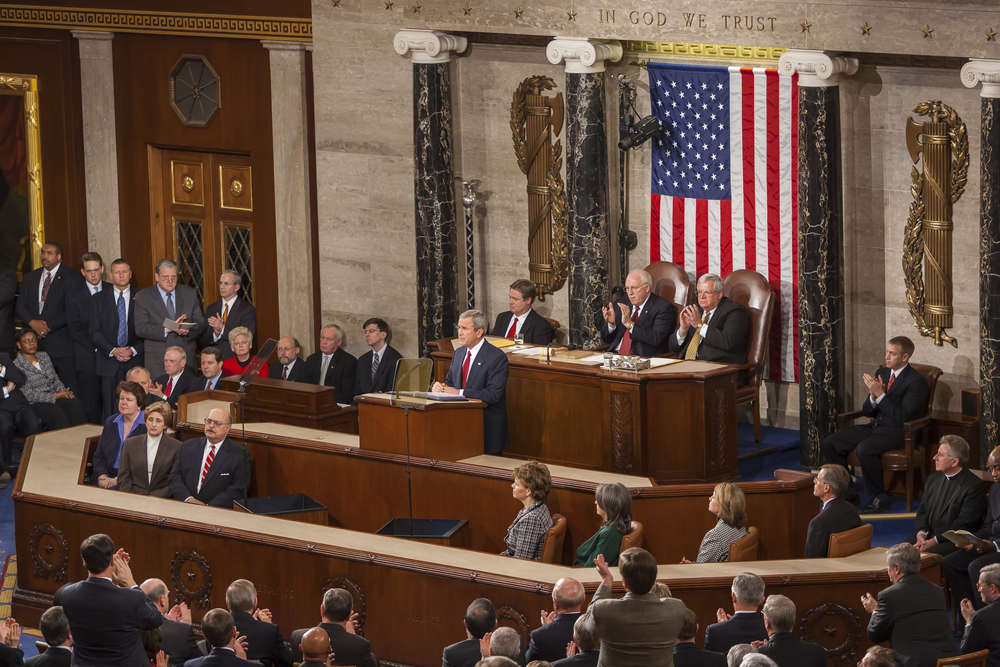
If the rebellion got out of hand, the state had to ask for Congress to help, but, again, it would require the agreement of nine states.
Getting nine states to agree to help was only the first step. The second would be getting state legislatures to raise the manpower and pay for the equipment and logistical costs – and that could only begin if Congress was in session.
If not in session, there was the additional delay of assembling members for a vote.
So, the lack of a ready, standing army of the United States was another potentially fatal flaw in the Articles of Confederation.
For example, during 1786–1787, Daniel Shays led an armed uprising in Western Massachusetts.
A group of 600 men protesting against farm foreclosures and lack of government relief shut down a court in the state’s capital.
The rebellion was put down, but it proved to be additional evidence that a strong central government was needed.
Henry Knox, who was an artillery commander during the Revolutionary War, was one of those who believed that a weak government in the face of insurrection could not be tolerated.
In a letter to George Washington, Knox wrote:
“We imagined that … we were not as other nations requiring brutal force to support the laws – But we find that we are men…possessing all the turbulent passions belonging to that animal and that we must have a government proper and adequate for him.”
The Philadelphia Constitutional Convention Abolished the Articles of Confederation
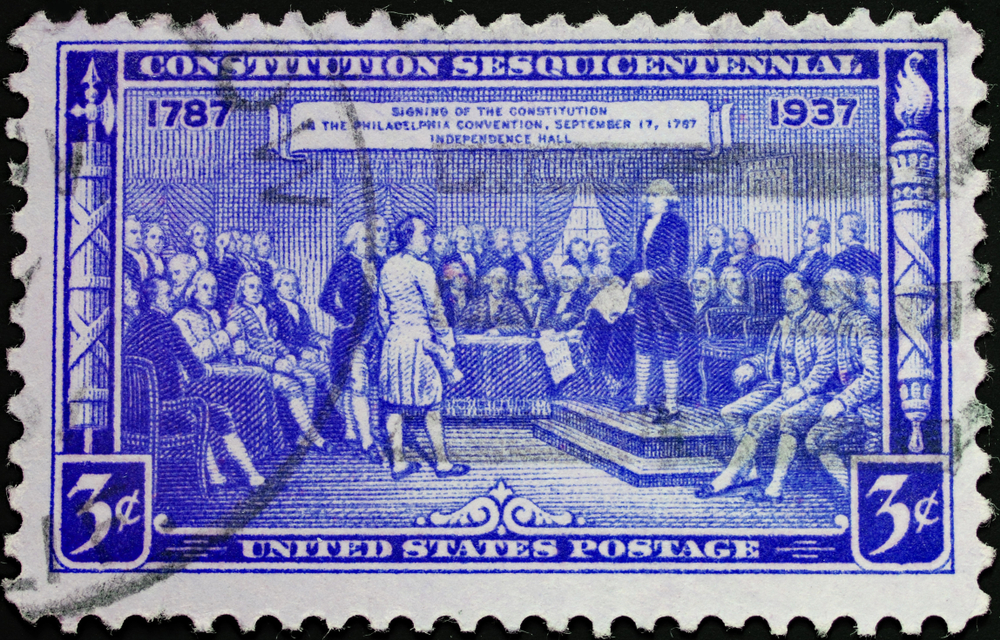
George Washington agreed to come out of retirement and preside over a convention to draft a new constitution.
The Constitution of the United States fixed much of what was wrong with the Articles, to wit:
- The Constitution established three co-equal branches of government:
- The Legislative Branch – the House of Representatives and the Senate. The House provided proportional representation; the Senate protected the rights of smaller states by providing two senators for each state.
- An Executive Branch – With an elected powerful President of the United States as commander in chief of the U.S. forces and wide executive powers to enforce laws passed by Congress.
- A Judicial Branch with a federal court system and a Supreme Court to rule on the constitutionality of laws passed by Congress, as well as the legality of any executive acts by the President.
- A system of checks and balances where each branch of government had roles that controlled the actions of the others, e.g., the President appoints high government officials, but with the consent of the Senate.
- Provisions for amendment either by a two-thirds majority of both houses or through a separate initiative by two-thirds of state legislatures.
“A More Perfect Union” – But Still Flawed
The Preamble of the new U.S. Constitution states that its main aims were, among other lofty goals, to “…secure the Blessings of Liberty to ourselves and our Posterity.”
The country’s founders did not include black slaves in that promise. They were, however, part of a cynical compromise, without which the Constitution would probably not have been ratified by southern states.
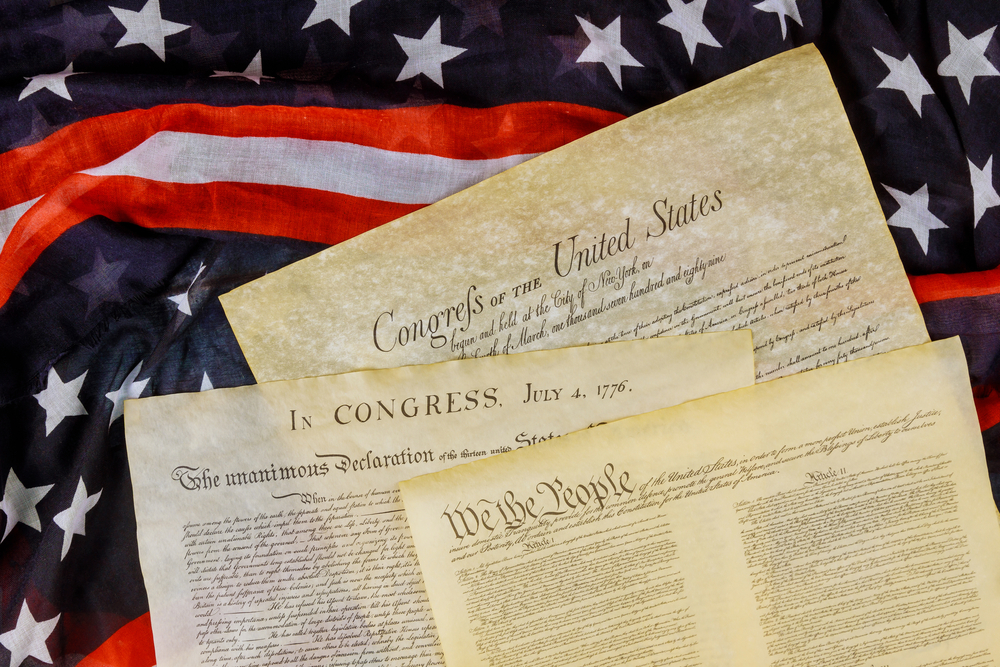
It was the so-called “three-fifths rule.” This was a compromise between the free and slaveholding states that allowed slave states to count their slaves as three-fifths of a person for the purposes of representation in Congress.
That first compromise and a series of other deals in Congress on admission of new states proved to be an unresolvable flaw in the U.S. Constitution.
That flaw could only be corrected by four years of devastating civil war and constitutional amendments to abolish slavery.


